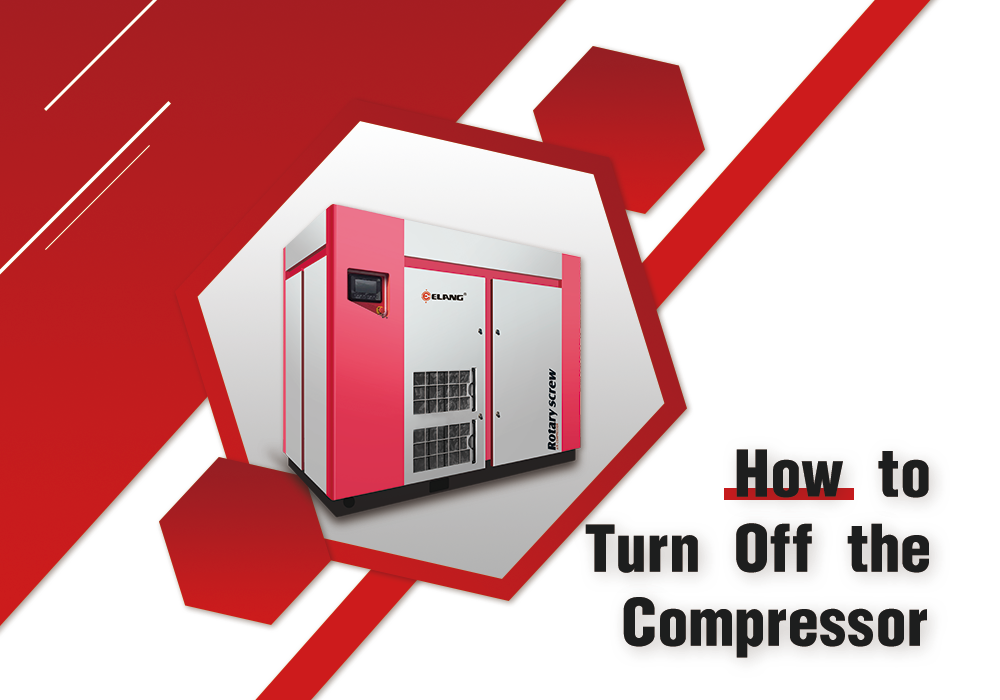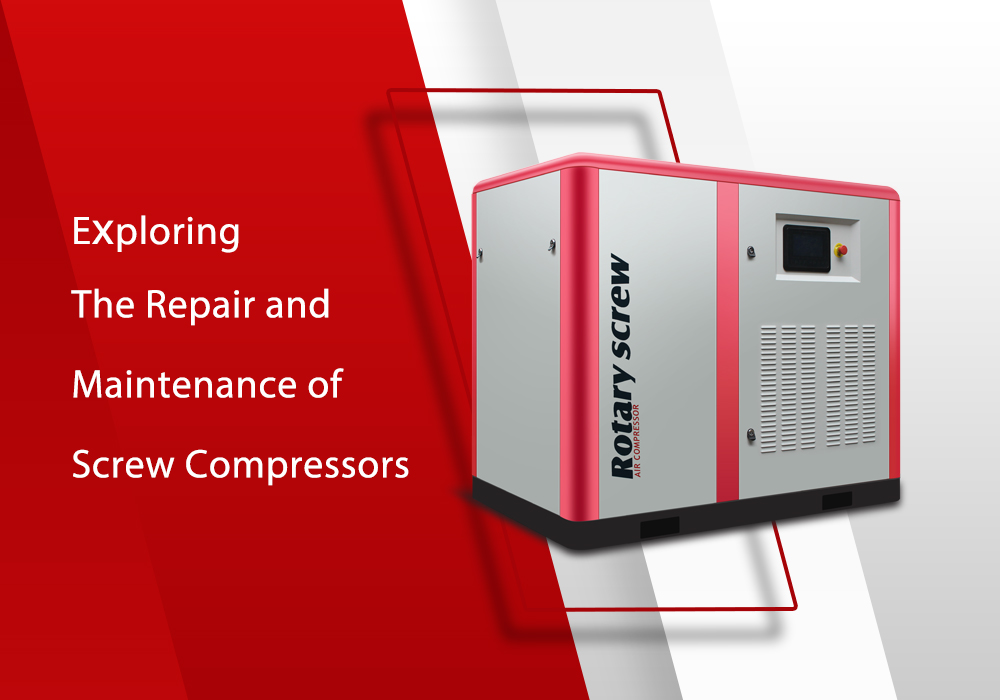
Properly shutting down a compressor is vital for its durability and safety, whether it's in an industrial setting or for personal use. Following the correct steps can prevent component damage, minimize wear, and ensure operator safety.
Air Compressor Abnormal Shutdown Steps
1. If the air compressor cannot be shut down normally due to an accident, the power supply of the air compressor should be cut off immediately to stop the equipment.
2. Close the discharge valve of the compressor to avoid backflow of compressed air.
3. Open the high pressure regulator valve.
4. Open all bypass valves and drainer valves on the compressor.
5. Turn off the lubricating oil system.
6. If the pressure of the air compressor drops to the intake pressure, immediately close the intake bypass valve.
7. Finally, the water pump system needs to be turned off.
Air Compressor Normal Shutdown Steps
1. When the air is no longer needed, it is necessary to close the pressure reducing valve(PRV), and then open the unloading valve to discharge the pressure of each air circuit. During this process, unloading should not be done immediately to prevent the occurrence of unexpected accidents due to shock loads.
2. Once all the pressure from the air compressor has been released, immediately stop the motor’s operation to ensure a gradual shutdown of the air compressor. Finally, cut off the power supply.
3. Drain the lubricating oil and open the drainer valves of all separators.
4. Stop the oil injector and lubricating oil pump from operating.
5. You can close the water inlet valve and cooling water pump after the air compressor has been shut down for more than 10 minutes.
6. If the working environment temperature of the air compressor equipment is relatively low, in order to prevent the cooling water in the air compressor from freezing and damaging the cylinder and other components, it is necessary to drain all the cooling water in the air compressor after shutting down.
Air Compressor Normal Shutdown Procedure
If it needs to be shut down for a long time, run the air compressor for 10 minutes without load to avoid corrosion of its lubrication parts. Finally, clean parts like cylinder jackets with cooling water. Additionally, turn on the air compressor once every two weeks to ensure that all lubricating parts are lubricated.








-66x66.png)




.png)